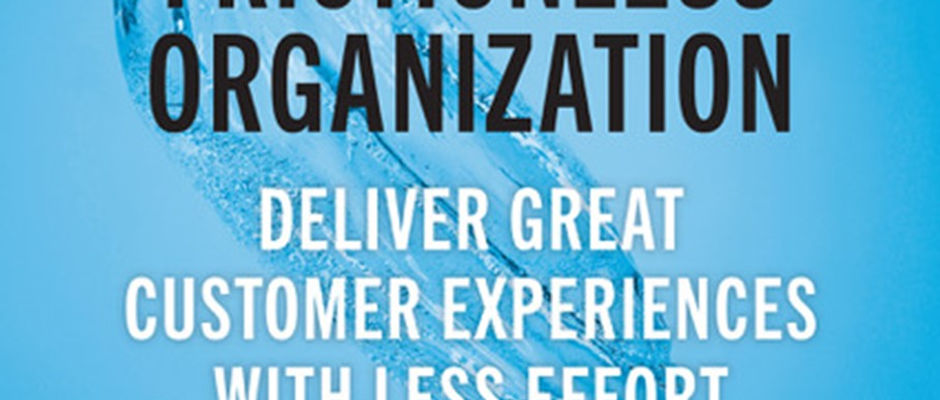
Each chapter of the book provides strategy and approach that will enable you to remove friction from your organisation.
Every chapter contains:
- Simple overview of the key ideas
- Case studies showing how to get it right (good stories)
- What not to do (bad stories)
- A detailed methodology with tips, tricks and techniques
- A simple self-assessment checklist
This book is a methodology for the whole of business and becoming frictionless, as we have defined it, will challenge you. We can’t tell product design, finance, marketing, sales, IT, or other departments how to get it right, but we can show where to look for the problems and solutions. The book focuses on interactions with customers because of a universal truth we have learned: Customers don’t want to contact you. You made them do it! We focus on interactions with customers because that’s where the problems and complaints wash up in every organization and where customers describe the friction they are experiencing.
WHY WE WROTE THE BOOK
Back in 2008 when we wrote The Best Service is No Service, we were trying to get organizations to focus on why contacts were occurring and in effect how to reduce effort for customers. Since 2008 the problem seems to have got even more complex as businesses have added channels of interaction like web chat and social media and created multiple forms of self-service for customers like mobile apps. Surveys have been added to measure some of these channels, asking customers “How well did that work for you?” but there still doesn’t seem to have been a step change in customer happiness.
However, there are some businesses, particularly newer “Innovators”, that seem to have understood that making themselves almost free of problems and easy to deal with is a strategic recipe for success. Companies like Airbnb, Amazon, Tesla, Uber, and Xero have created products and experiences that work so well that customers love them and their growth has followed. What all of these companies have in common is the drive to become frictionless in every aspect of their product design and delivery, support, and upgrades. These “Frictionless Organizations” have made their products and services so effective that customers never have to make contact for the wrong reasons. They have all redefined whole industries or parts of industries and left older style businesses floundering to compete.
We decided to write another book about The Frictionless Organization since we felt this was now an essential strategy. We felt that it was the lack of friction and effort for customers that was part of the secret sauce of these businesses. Amazon isn’t just successful because it has digital stores, it’s successful because they work so well. We wanted to document this strategy and the way that any business, Innovators or existing businesses that we call “Renovators”, could pursue this frictionless strategy. We also wanted to document twenty years of applied learning in how to make use of the interactions that customers have as a source of data to drive out friction.
Available as hardback, ebook and audible. To be translated into multiple languages

